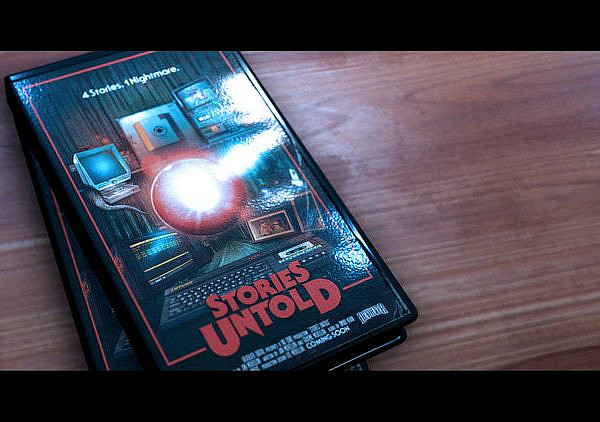Research on unsettling or scary #game experiences in #non-horror games to give #design ideas for subtle #horror and dread in #games
Title: Animal Crossing: New Leaf and the Diversity of Horror in Video Games
Authors: Ashley Brown and Björn Berg Marklund
Published: DIGRA 2015
Ashley Brown and Björn Berg Marklund utilize interaction mapping to find horror elements in a pleasant and cutesy mobile game Animal Crossing: New Leaf (AC:NL)(Nintendo 2013). The interaction method is based on examining the choices that the player is offered in regards to interaction with other player and non-player characters. The game is analyzed according to three themes common in horror and horror games discovered based on thematic literature review by the authors: the loss of agency, the Freudian uncanny, and the Heideggerian uncanny.
The loss of agency refers to the way to instill fear into player by removing their sense of efficacy and control removing the satisfying power to take meaningful action and see the result of decisions and choices. The Freudian uncanny refers to the feeling of things being slightly off, the combination of allure and repulsion, strange and familiar. The Heideggerian uncanny is felt when an individual, a finite Being, experiences or considers the impossibility of infinite Being.
Based on their analysis all the three themes are present in the pleasant and cutesy game of AC:NL without any visual horror. This is manifested in limited and blind player agency arising for the lack of meaningful dialogue with the NPC characters that can evoke feelings of being powerless or constrained, although the dialogue provides choices the discussion may remain in infinite loop until “right” choice is made. The Freudian uncanny society is caused by slightly off simulation of behavior, broken norms and incorrect etiquette in NPC dialogue, e.g. commenting a male character wearing clothes meant for women. The Heideggerian uncanny is manifested in the ambiguously living AI where child-like, cutesy, clumsy, and goofy NPC villagers have perfect memory and knowledge of player actions they themselves did not witness, a reminiscent of an infinite Being.
Their analysis does not mean that gameplay or aesthetics of AC:NL are not kid-friendly or that children would feel nerved by loss of agency or uncanny AI. The point of the analysis is to demonstrate the ways themes associated with horror genre can manifest themselves in non-horror games. The authors highlight the potential of using the research results for game design. In AC:NL the emphasis on NPC characterization and player relationship with them are what makes the interactions meaningful but the inconsistences combined with player lack of control makes the game unsettling. The authors hope that these types of concepts could be used to provide more diverse and subtle horror and dread in games.
You might also like
More from Game Research Highlights
How do you want to do this? – A look into the therapeutic uses of role-playing games
Can playing RPGs contribute positively to your wellbeing? A recent study aims to find out how RPGs are being used …
Are Souls Games the Contemporary Myths?
Dom Ford’s Approaching FromSoftware’s Souls Games as Myth reveals the Souls series as a modern mythology where gods fall, desires …
Of claws and cuddles: Exploring Dark Cozy Games
Cute, wholesome, safe....dark, heavy, violent? Let's talk about dark cozy games!















